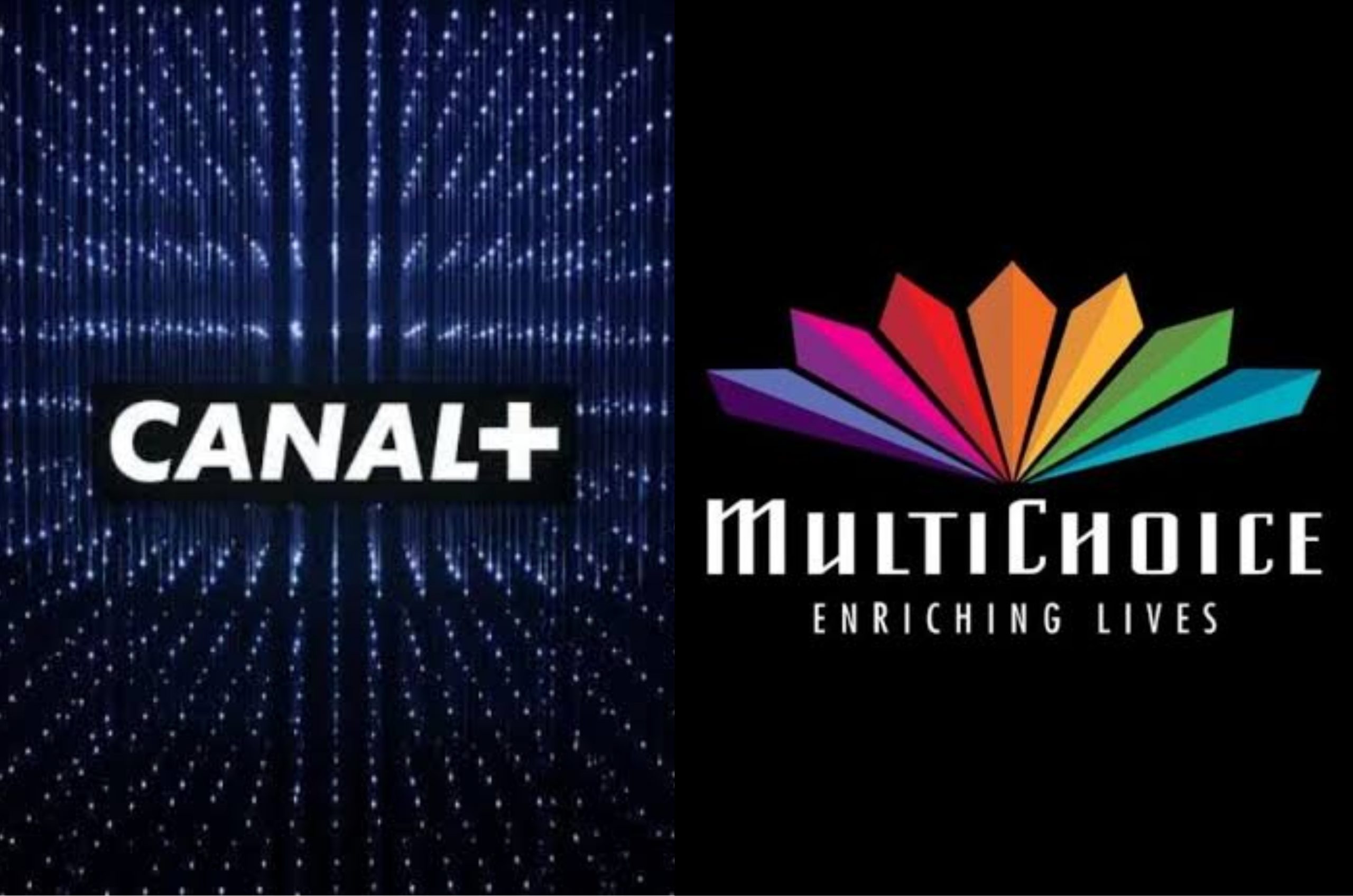Will DStv and GOtv prices drop after Canal+ acquisition? Here’s what to expect

DStv introduces Arcade: Free mini-games now live in the MyDStv app to reward and engage users
Since news broke that French media conglomerate Canal+ has acquired full ownership of MultiChoice, DStv and GOtv subscribers across Africa have had one burning question: Will subscription prices finally become more affordable? For many, the rising costs of DStv and GOtv packages over the past few years have become unsustainable.
In high-subscriber countries like Nigeria, Kenya, Ghana, and South Africa, complaints have mounted over MultiChoice’s frequent price hikes, even as economic conditions worsened. For Nigerian users especially, exchange rate volatility, inflation, and declining income levels have pushed pay-TV beyond reach for many households. This was evident in MultiChoice’s financial report, which revealed that Nigeria lost over 1.4 million DStv and GOtv subscribers between 2023 and 2025.
Now that Canal+ is at the helm, subscribers are looking for relief. But is a price drop likely—or just wishful thinking?
The Canal+ Strategy: Win Back the Market
Canal+ did not acquire MultiChoice simply to maintain the status quo. The company is under pressure to reverse a declining subscriber base, particularly in sub-Saharan Africa where streaming and piracy are eating into traditional satellite TV.
A major part of Canal+’s post-acquisition strategy is to restore trust and accessibility, especially in markets where MultiChoice’s pricing alienated core customers. This could take the form of new, flexible pricing structures rather than blanket price cuts.
In Nigeria, for instance, decoder prices have already been slashed in a strategic move to boost new subscriptions. HD decoders that once sold for ₦20,000 are now available for ₦10,000, bundled with free access to starter packages. While this is a promising first step, it is only one part of a broader effort.
READ RELATED STORIES
Canal+ acquires MultiChoice: What it means for DStv and GOtv subscribers
DSTV announces sports-only package launch amid subscriber losses
MultiChoice 50% price cuts: Has Satellite TV era come to an end?
Flexible Pricing Models Could Replace Price Hikes
The most realistic pricing reform under Canal+ leadership will not be drastic price drops across all packages, but the introduction of more flexible subscription options. This could include:
- Daily or weekly plans that allow short-term access at low cost
- Modular bundles, where users pay only for the channels or genres they want (e.g., sports-only packages)
- Mobile-first plans that cater to data-conscious users who stream via smartphones
Such innovations have proven successful in other developing markets. By aligning DStv and GOtv with consumer behavior—especially among youth and lower-income families—Canal+ can regain lost ground without compromising revenue.
Comparing With Global Streaming Models
One of the reasons DStv and GOtv have lost subscribers is the value proposition offered by streaming services. Platforms like Netflix, YouTube, and Showmax provide thousands of hours of content, often for less than the monthly cost of a DStv Compact or GOtv Max plan.
Many users argue that for the price they pay for DStv, they should have access to newer, ad-free, on-demand content. Recognizing this, Canal+ has already started revamping Showmax, integrating it with more live and local content, and offering it at competitive prices.
A Showmax + DStv hybrid bundle could offer cost savings for families who want both traditional TV and streaming—especially if offered at a discount compared to paying for each separately.
Economic Pressures Still Present a Challenge
While Canal+ may wish to lower prices or restructure packages, economic realities present a major obstacle. MultiChoice’s operational costs have risen significantly due to:
- Currency depreciation in countries like Nigeria and Ghana
- High content licensing fees for international sports and films
- Distribution and satellite costs
These factors mean that any price drop must be carefully calibrated. Deep cuts without an equivalent rise in subscriber numbers could jeopardize profitability. Thus, any changes are likely to be gradual, targeted, and strategic.
What Subscribers Can Expect in the Short Term
In the next 6–12 months, here’s what DStv and GOtv subscribers are most likely to see:
- Promotional campaigns offering discounted packages for new or returning subscribers
- Free upgrades or extra channels for loyal customers
- Flexible add-ons that reduce unnecessary spending (e.g., add SuperSport for a weekend only)
- Price freezes in select countries to slow subscriber churn
While a blanket price reduction may not be imminent, these steps could offer practical relief and increase the value subscribers receive per naira, cedi, shilling, or rand spent.
RELATED STORIES
10 things MultiChoice can do amid rising subscriber loss
MultiChoice history: From Pay‑TV pioneer to facing digital disruption
MultiChoice rise, reign, and reckoning in Nigeria
Long-Term Prospects: Will Prices Ever Truly Drop?
If Canal+ can stabilize operations and successfully grow Showmax, we may see a scenario where subscription prices decrease slightly or at least become more customized and fair. For instance, light users could pay less, while premium subscribers could continue paying for full access.
Importantly, competition will drive innovation. If new streaming services enter the market with better pricing or more relevant content, Canal+ will have to respond—not just with content, but with pricing models that match African realities.
The Role of Government and Regulation
In Nigeria and South Africa, regulators have called out MultiChoice for frequent price increases. In the past, MultiChoice defended its decisions, citing operational costs. Now with Canal+ in charge, regulators may revisit the issue.
Consumer advocacy groups are also expected to put pressure on the new ownership structure to prioritize affordability. This may influence how soon and how significantly prices are adjusted.
Hope, But Be Realistic
For DStv and GOtv subscribers, Canal+’s acquisition of MultiChoice represents a moment of hope. The French company has the resources, global experience, and incentive to rethink pricing. However, expectation must be tempered with realism.
Instead of across-the-board price drops, the focus is more likely to be on value-driven plans, flexible payment options, and subscriber-friendly innovations. If successfully implemented, these changes could go a long way in making DStv and GOtv more accessible, especially to users who’ve abandoned the service.
In the end, affordability is not just about the price tag—it’s about getting value that matches what you pay. And that, perhaps, is where Canal+ is poised to make the most impact.


